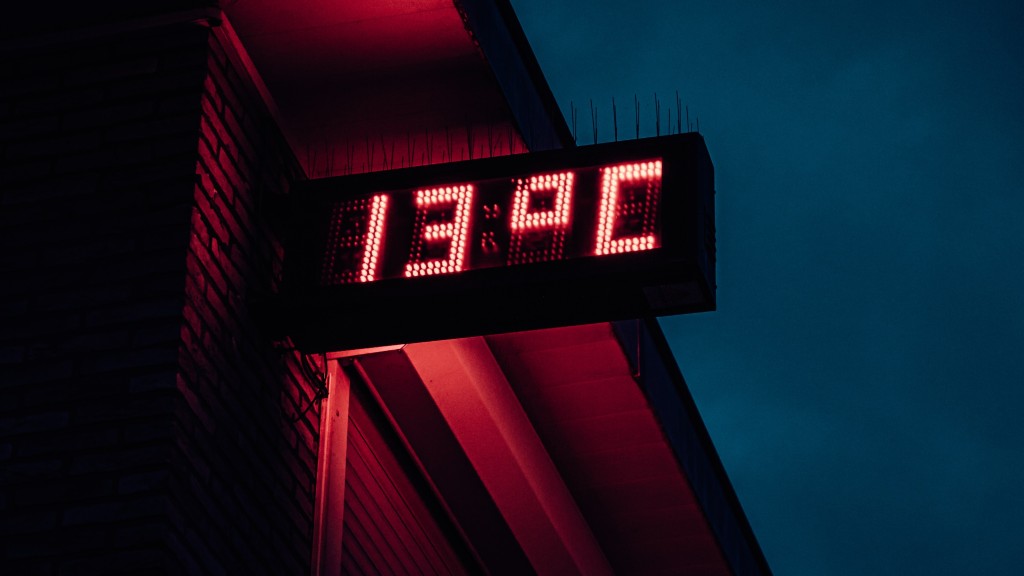
Some English textbooks teach you that the way to pronounce the numbers 13 and 30 is like this…
>> 13 – stress the 2nd part: thirTEEN
>> 30 – stress the 1st part: THIRty
BUT… is it always true? Definitely not! Well, one part is always true, and one part is only sometimes true.
The True Part
The number 30 is always stressed on the first syllable, so that’s the true part. It is also true for the other numbers such as 20, 40, 50, etc.
The Sometimes-True Part
The numbers 13 through 19 are sometimes stressed on the 2nd syllable, but this is not actually the normal or default way to say them.
Normally, the “-teen” numbers are spoken as two strong parts, almost more like two words. The stress should only go on the 2nd syllable, the “-teen” part, in certain situations.
An important reason to put stress on “-teen” is for clarification. For example, when we want to be sure that we are communicating the correct number, we can say something like,
“Did you say fourTEEN or FORty?”
Otherwise, the normal way to say the number 14 in a sentence, is make both parts strong, such as,
“I only need FOUR-TEEN dollars.”
If you put stress on “-teen” every time that you say a number between 13 and 19, it can sound a bit awkward. I have heard non-native speakers of English who speak this way, and while I am impressed by how carefully they trained themselves to use the pattern that they were taught, I am also a little bit sad that they were misinformed. Sometimes they have excellent English pronunciation overall, but when they say numbers, it can sound a little bit “off”.
The Default Stress Pattern
The normal pattern for the “-teen” numbers is to say them with two strong syllables, almost like two separate words. That is how they should be pronounced for all of these examples:
“The price is $14.95.”
“It begins in 15 minutes.”
“That’s an 18% increase.”
“My son is 19 years old.”
“It’s on the 14th of May.”
“The temperature is 13 degrees.”
Counting: “19, 18, 17, 16…”
The Secondary Pattern
The secondary stress pattern is with the 2nd syllable more prominent, so that the “-teen” part is louder. This is used for clarification (as mentioned above) and also when the number is the final stress point of a phrase or sentence, or when spoken alone.
“He turned 19, yesterday.”
“His birthday is May 14th.”
“What time is it?” “It’s 11:16.”
“Look on page 15.”
“The score is 10 to 13.”
“How many do we have?” “17.”
Contrastive Stress
However, if there is a need to contrast two different “-teen” numbers, then the emphasis moves to the place of contrast. For example,
“Look on page 16, not page 15.”
In this case, the first part of each number (“SIXteen” and “FIFteen”) is strongest, in order to give emphasis to the part that is being clarified.
Similarly, this sentence has two “-teen” numbers, so the end-of-sentence focal point that normally would put stress on the “-teen” part of 13, is again suspended:
“The score is 17 to 13.”
The Recap
Numbers such as 20, 30, and 40 are always stressed on the first syllable. The “-teen” numbers normally have two strong syllables, but the stress shifts to the 2nd part if the number is the last strong word in a phrase. Additionally, the “-teen” part is emphasized when we need to clarify, as in, “My son is thirTEEN, not THIRty.”
